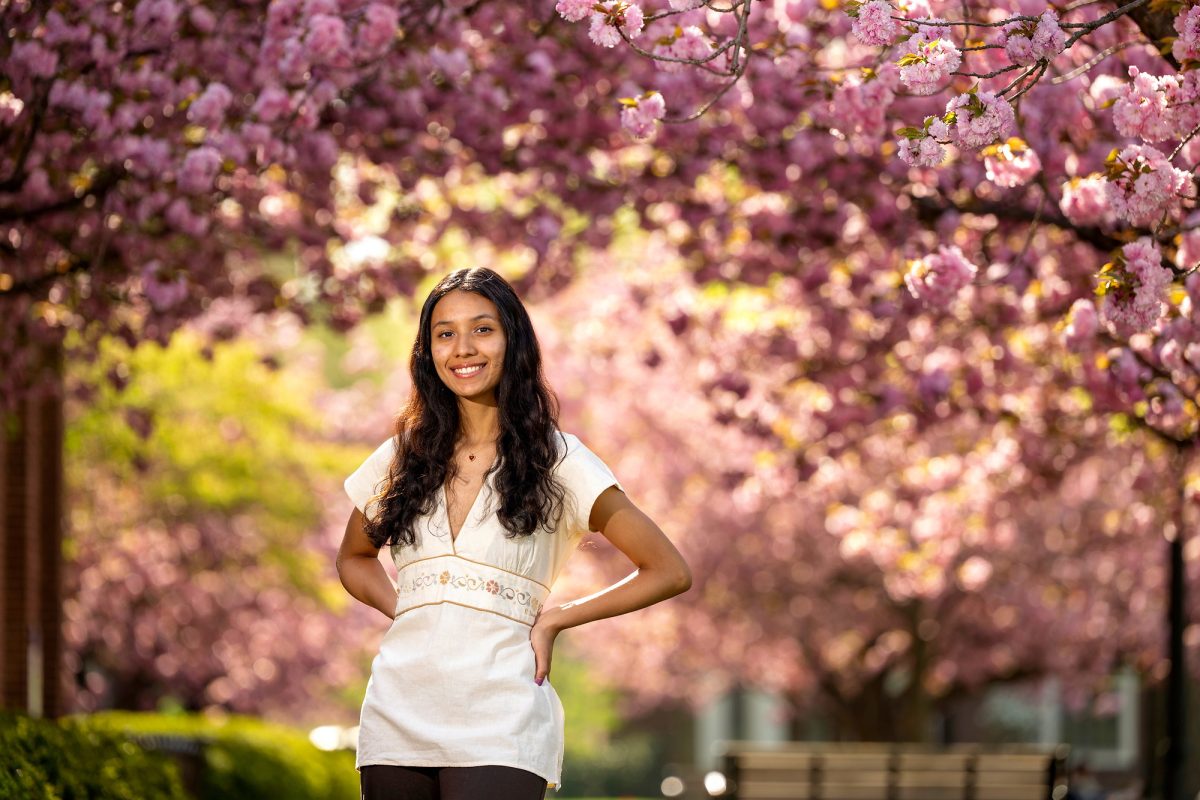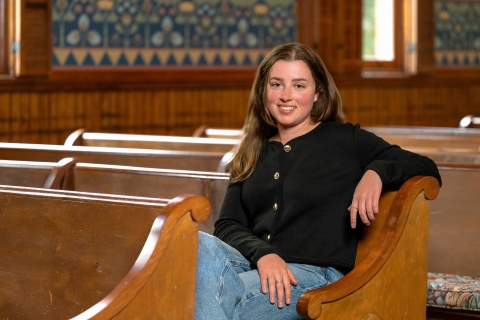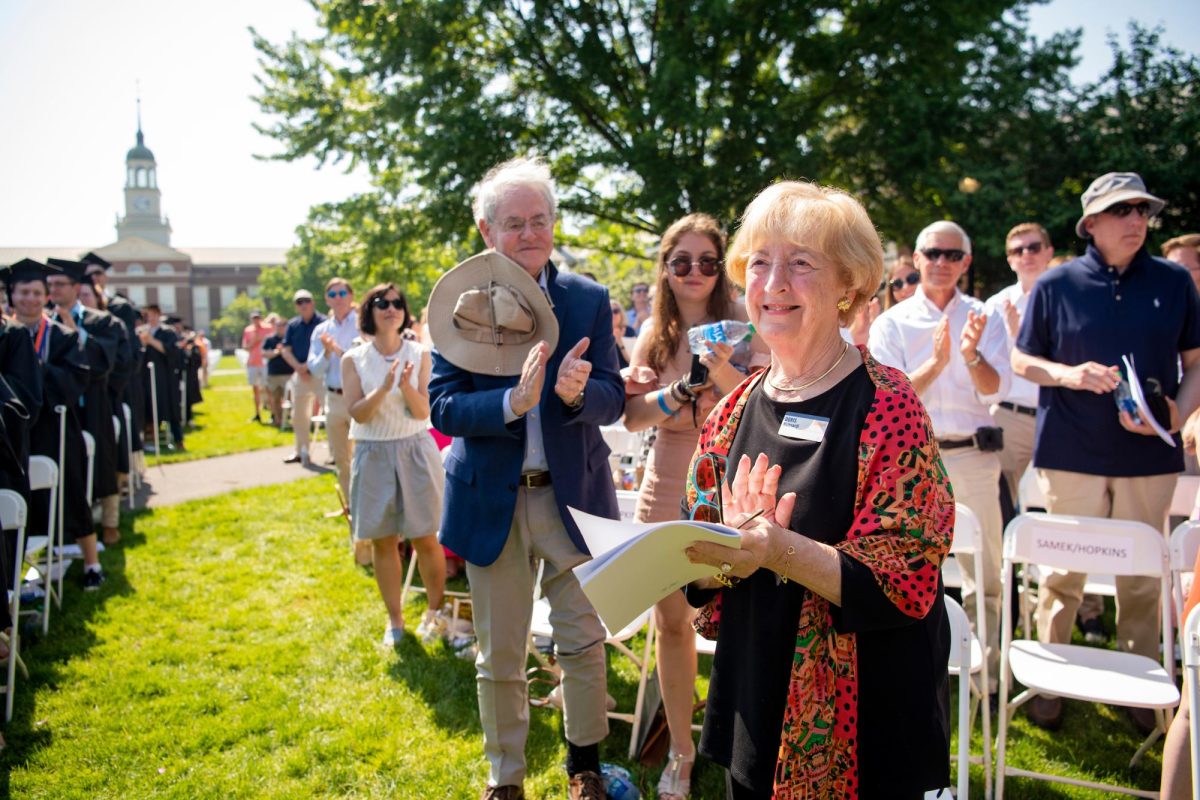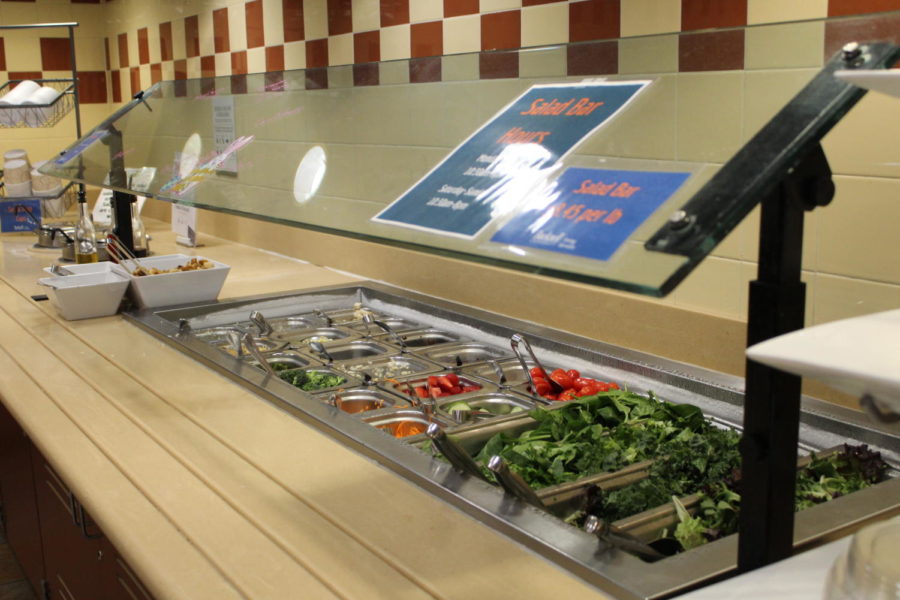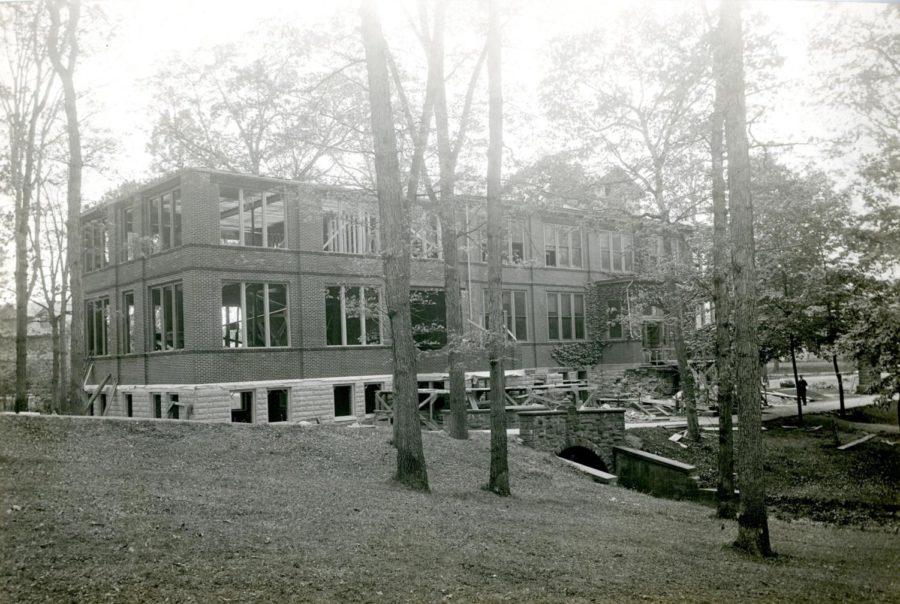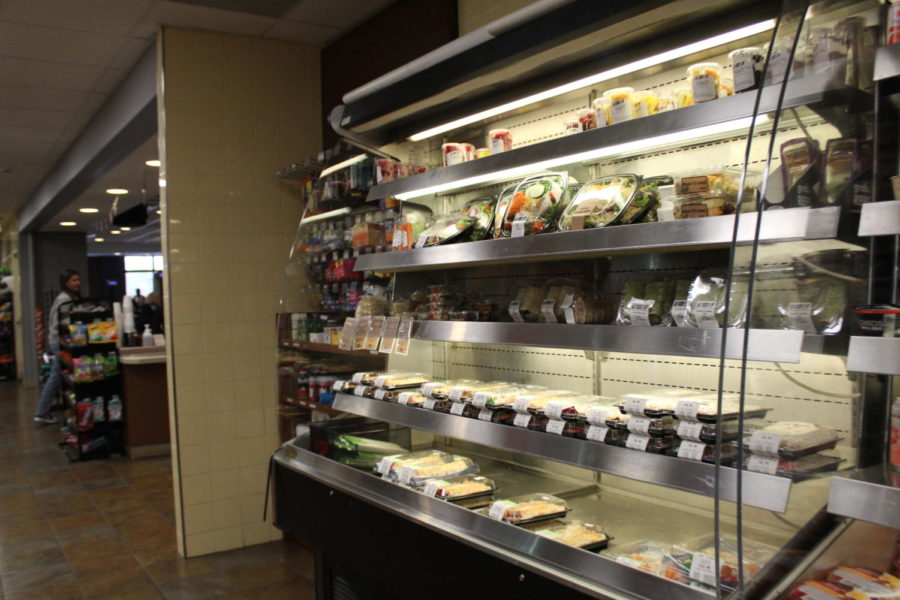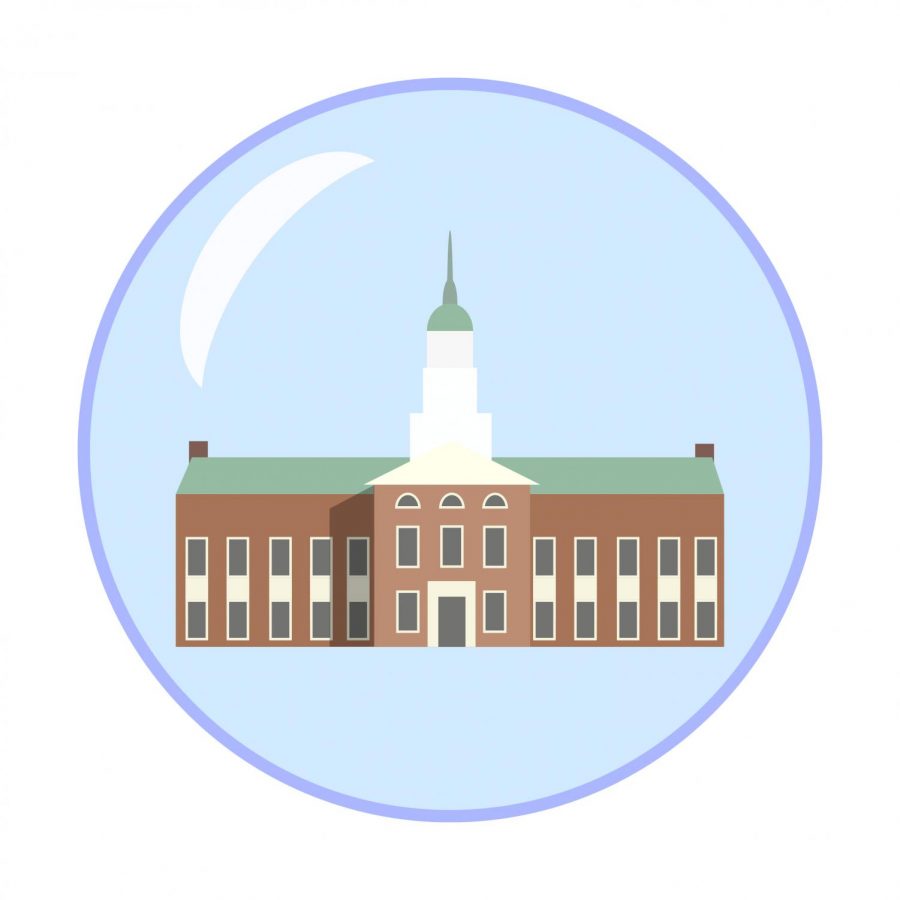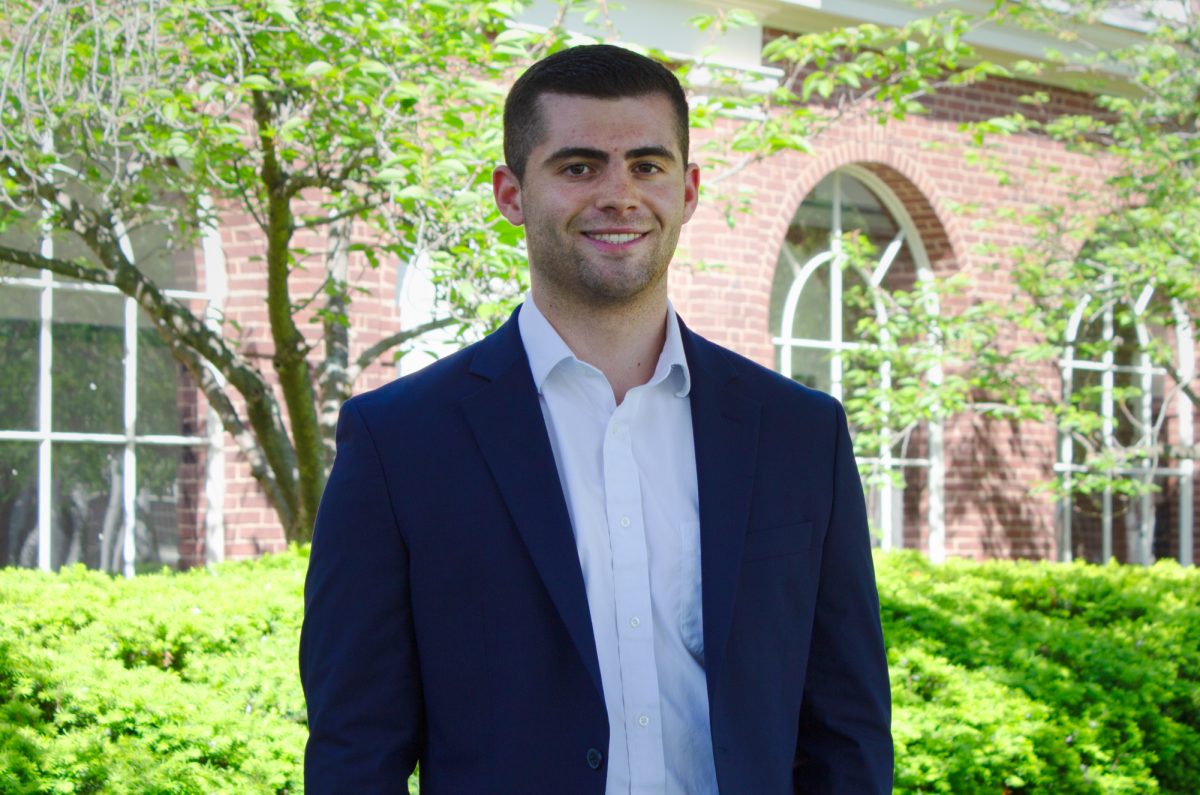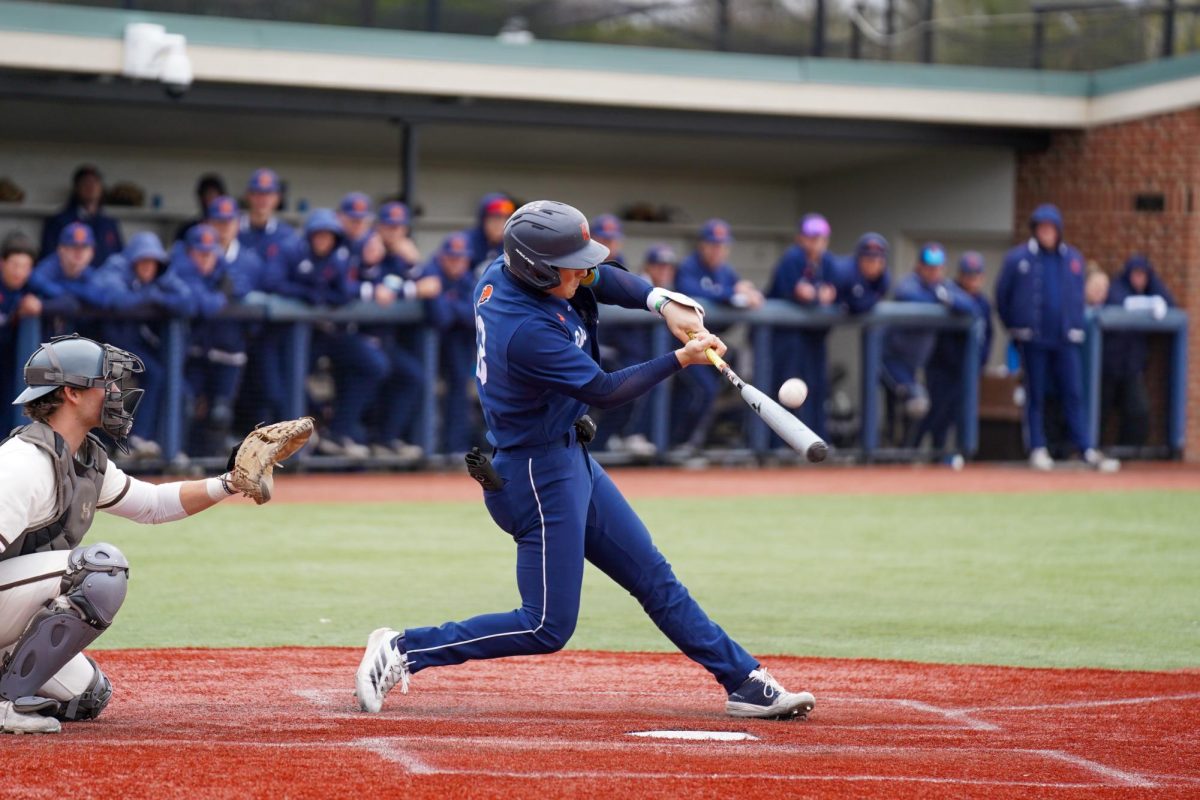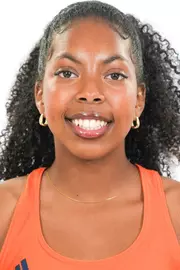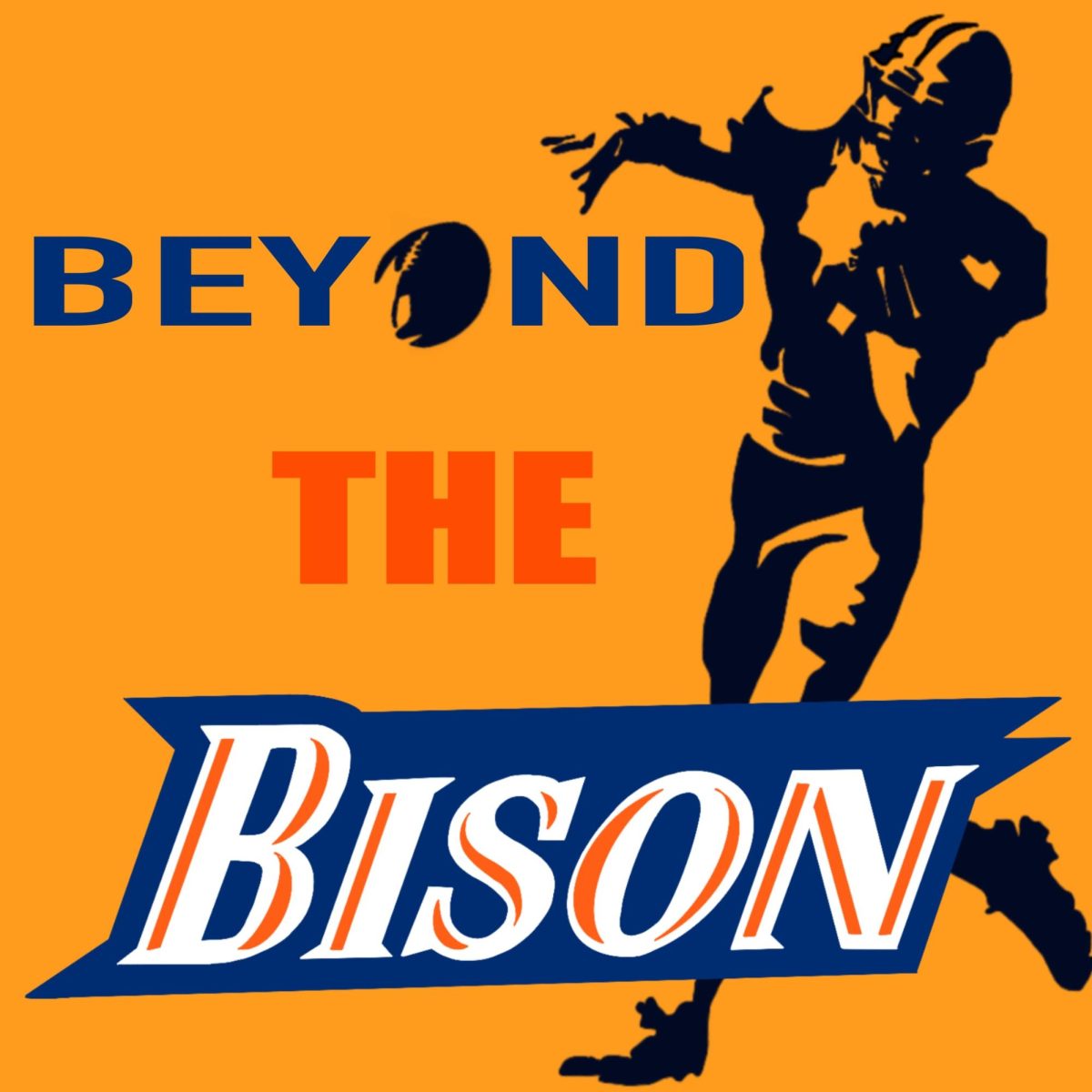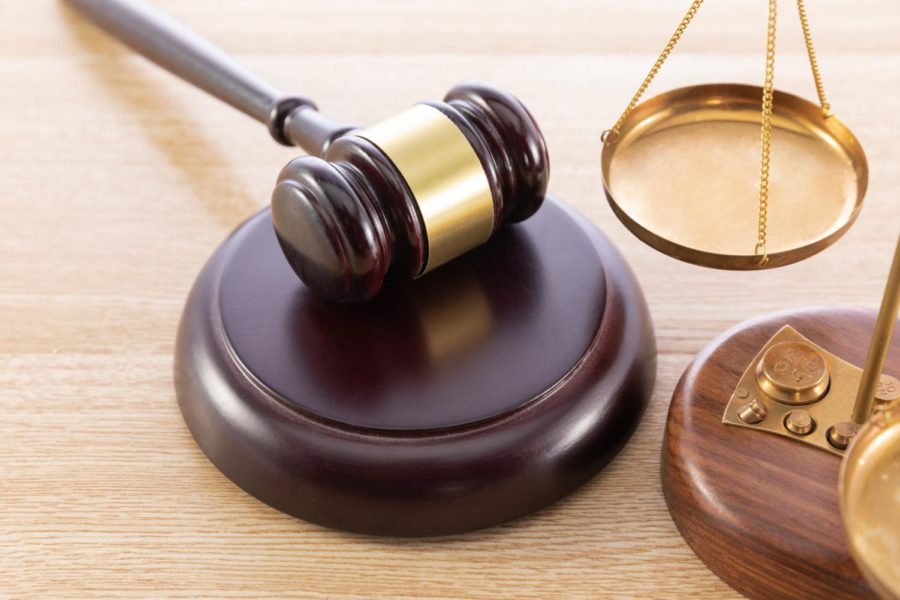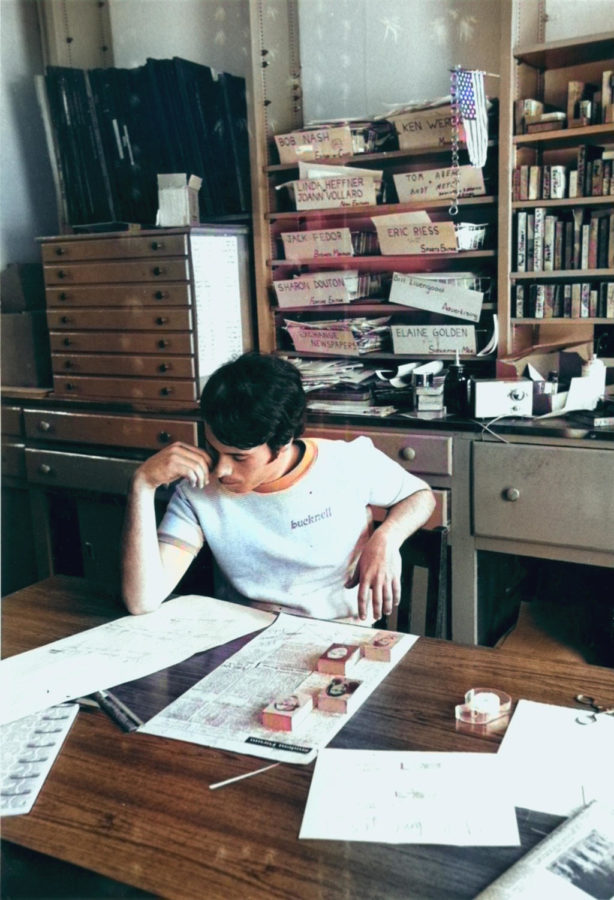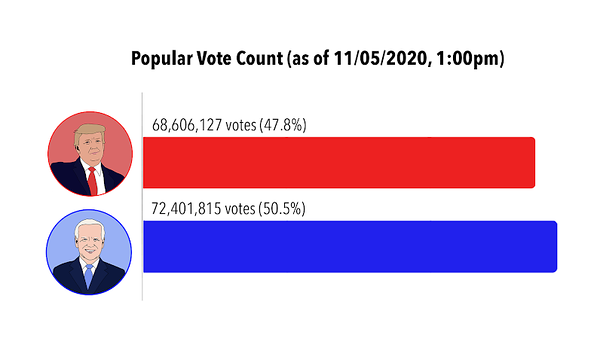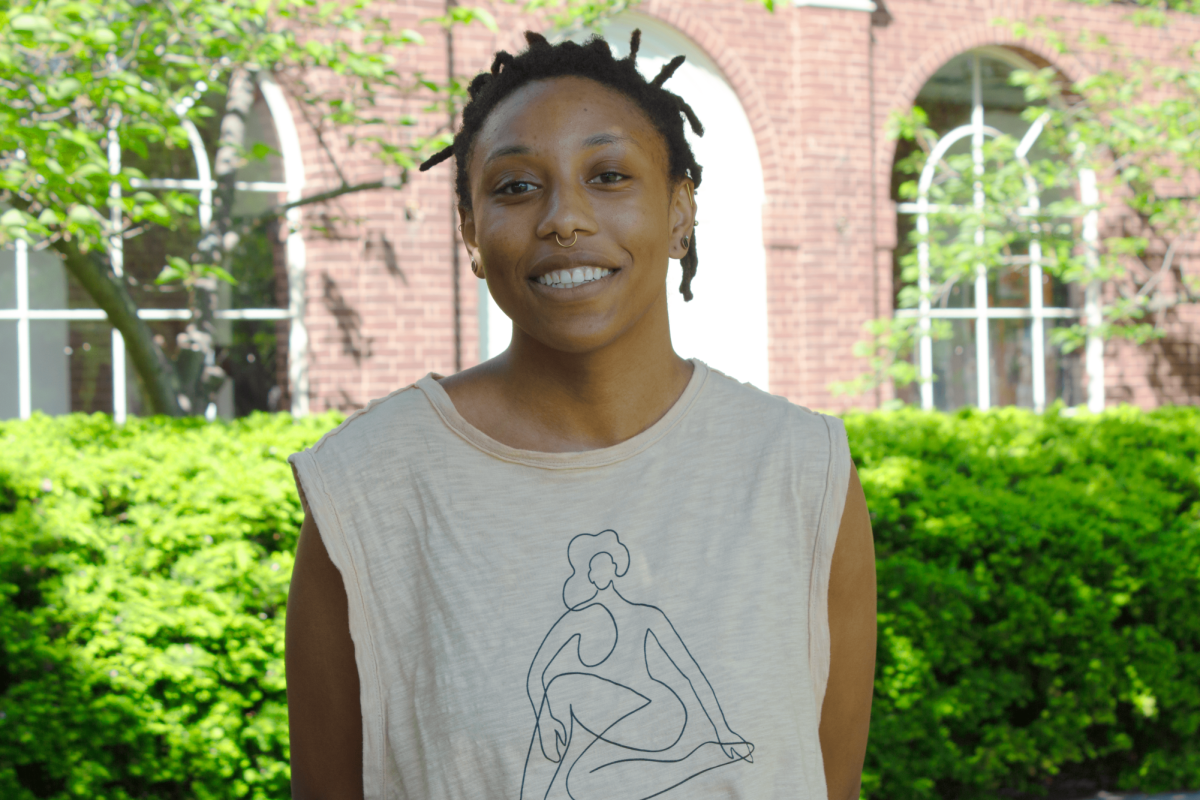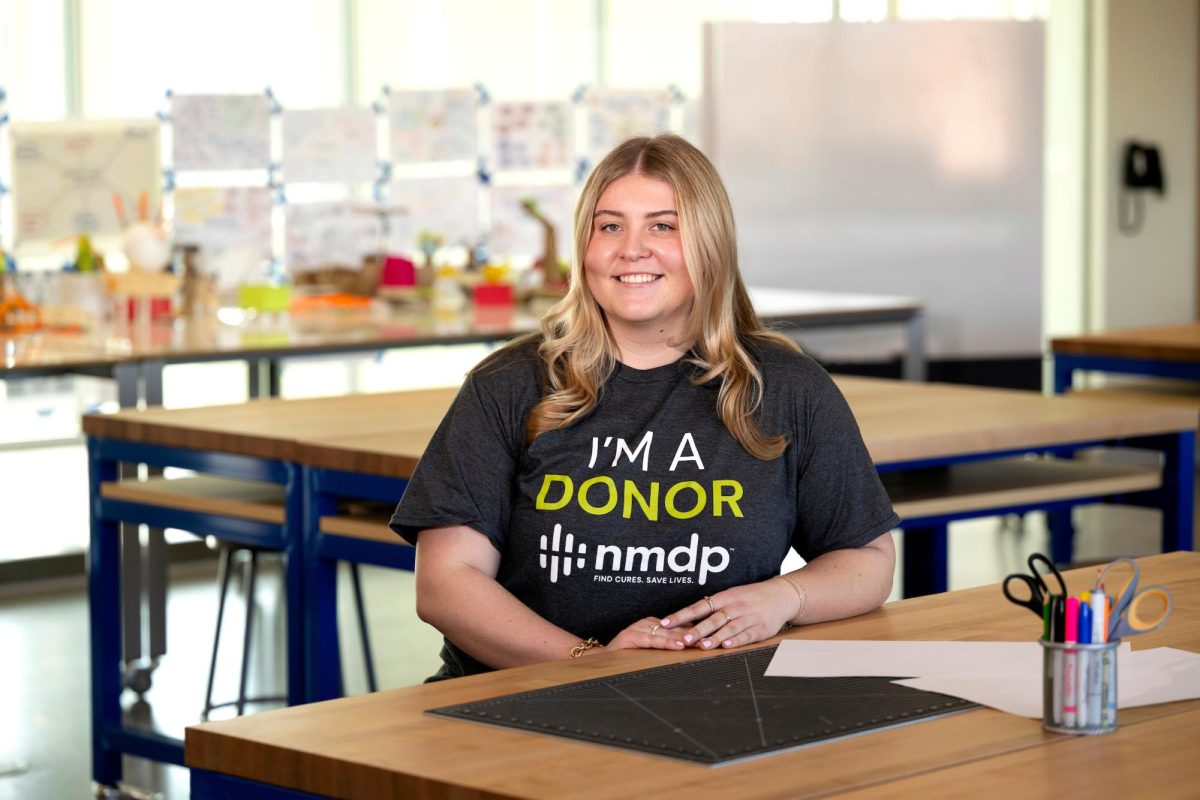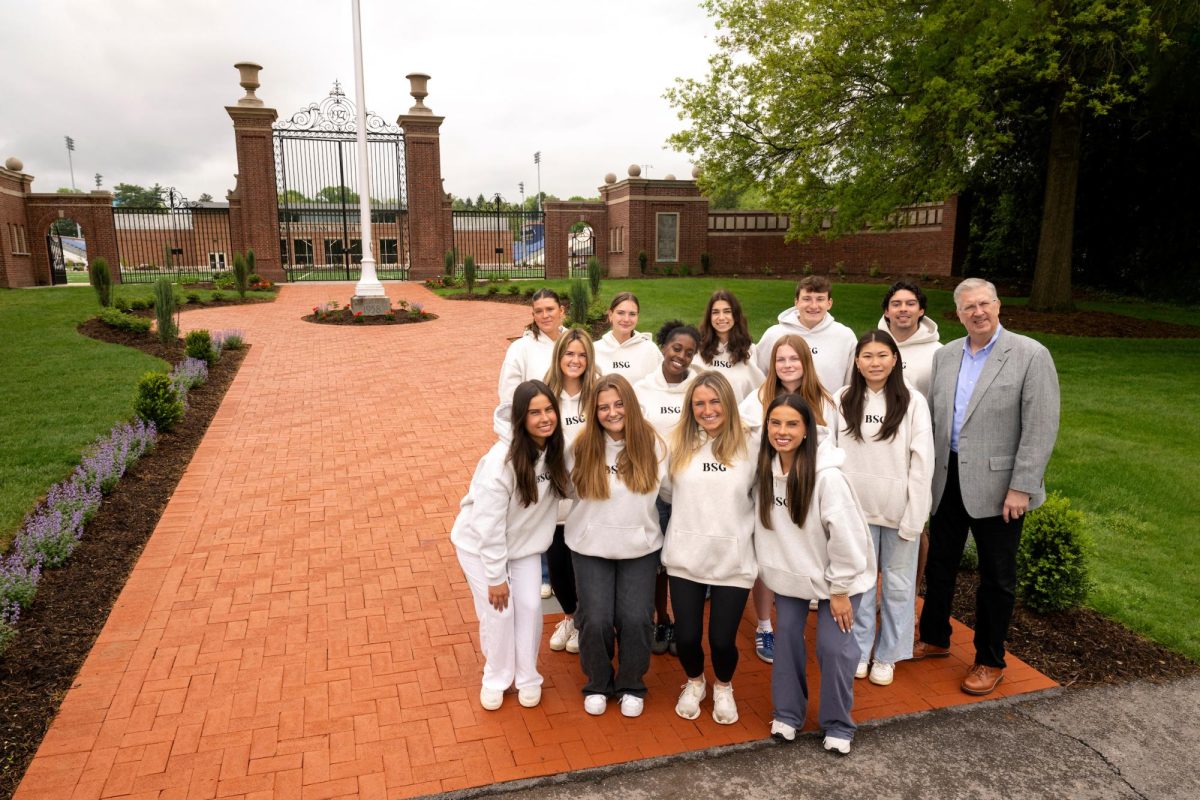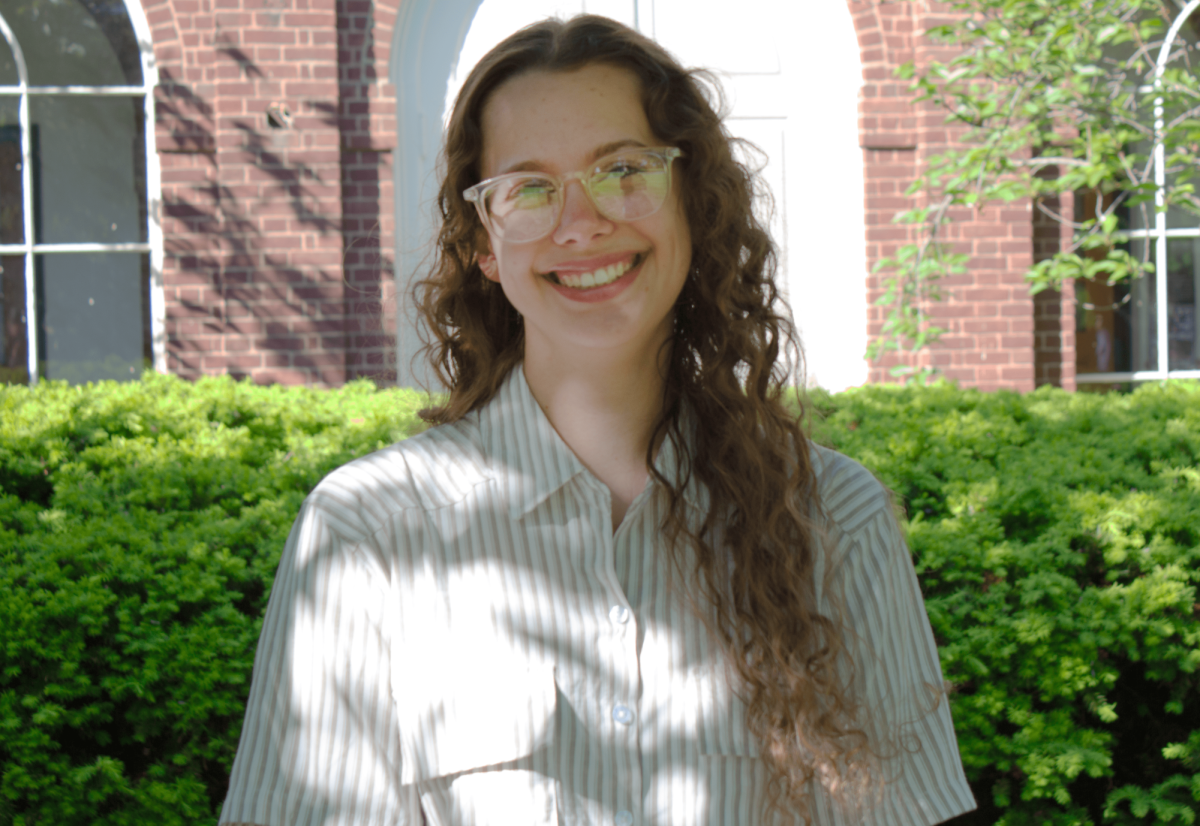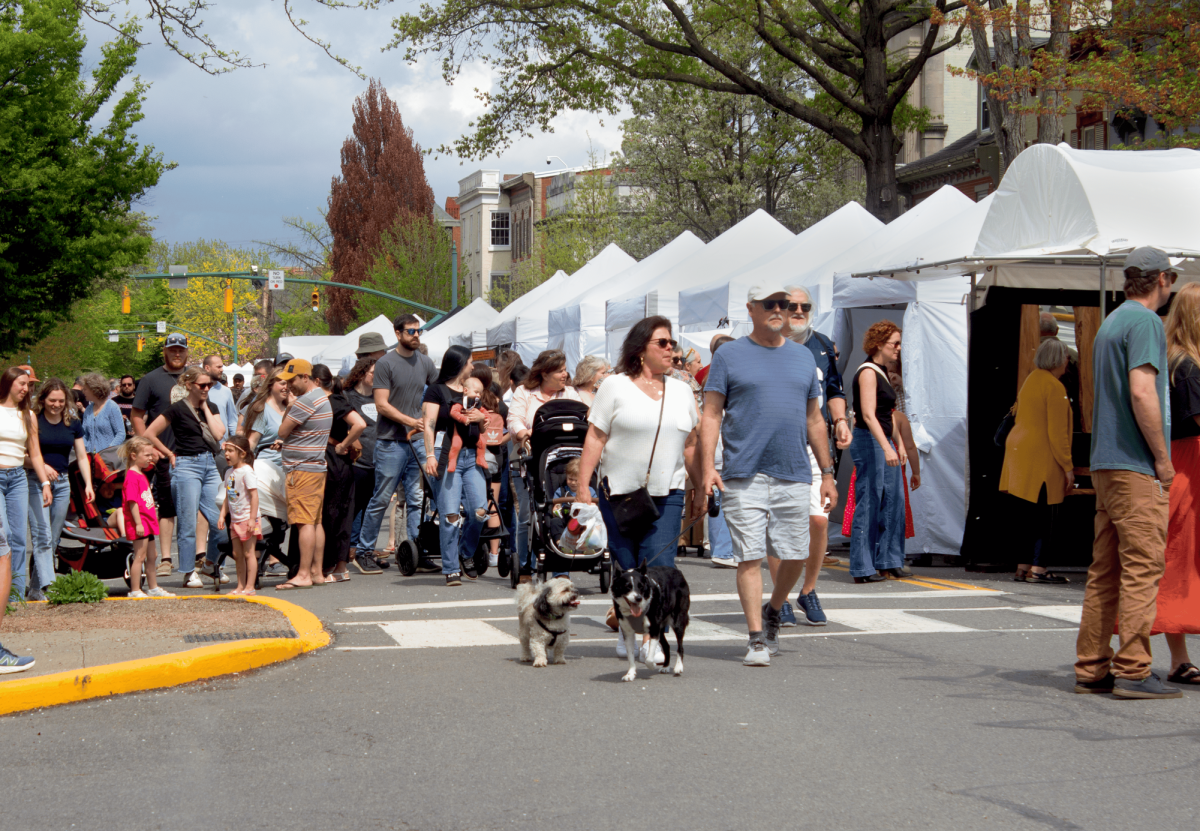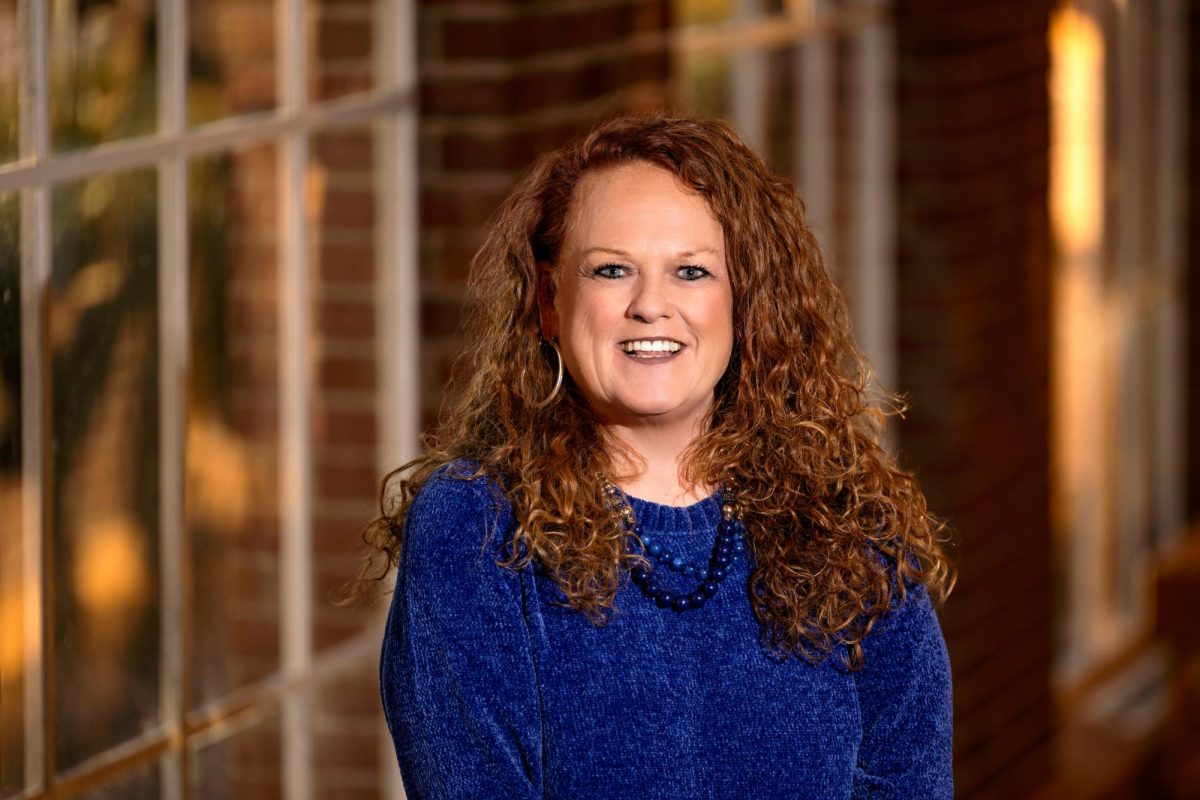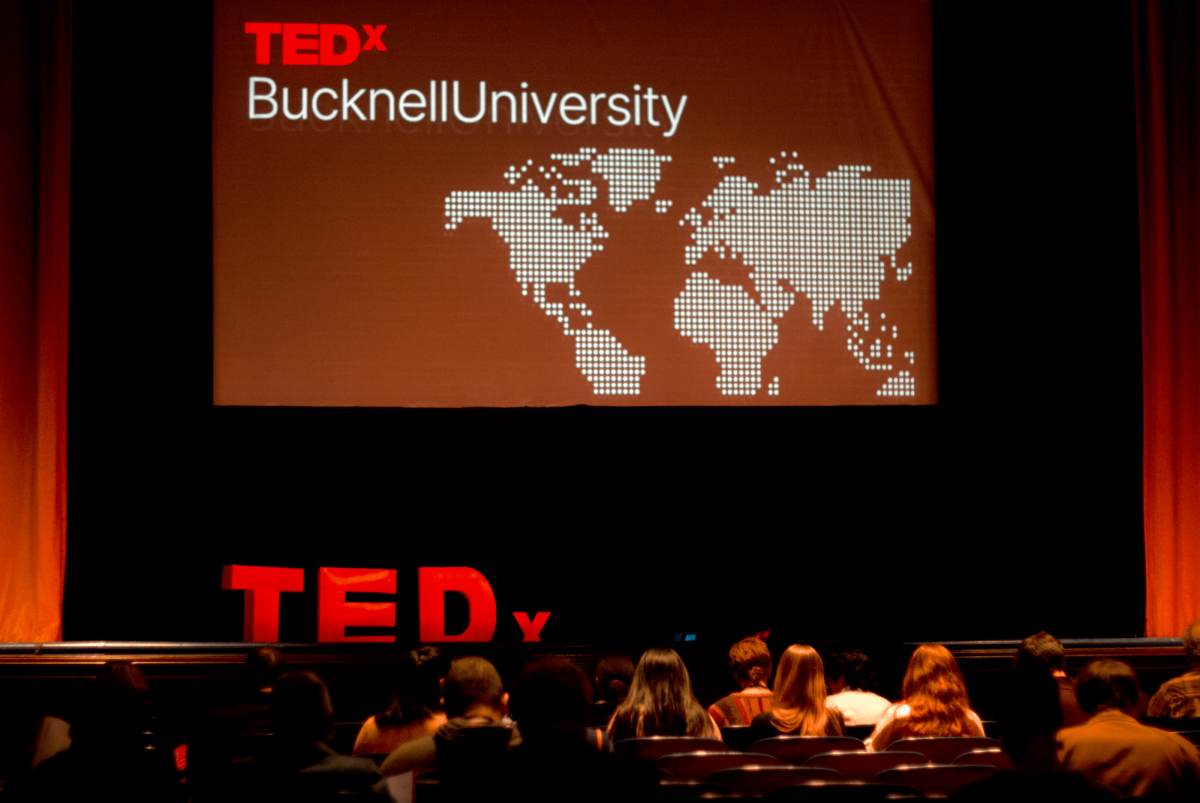In the fall of 2021, Kate Ellis ’25 was experiencing her first semester at Bucknell, spending her time getting to know the campus and settling into college life. On an otherwise unremarkable day, she stopped to talk with a group of Bucknell students tabling at the Elaine Langone Center. They were there for their annual drive in support of the National Marrow Donor Program (NMDP), encouraging students to join the registry. Their pitch was simple: “Swab your cheek. You’ll probably never hear from us again, but you could save a life.”
Ellis swabbed her cheek, filled out a brief form and went on with her day without much additional thought about the registry, never expecting to hear anything further.
May 2024, two and a half years later, saw Ellis receiving a call that would change her life… and someone else’s. A representative from the NMDP informed her that she had been flagged as a potential match for a patient in Europe battling leukemia. “I barely remembered signing up,” Ellis says. “But once I understood the seriousness of the situation, there was never a question of if I would do it— it was just how I was going to get through it.”
Following the call and some initial phone screenings and health assessments, Ellis was asked to provide a blood sample. Ellis was interning in New York City over the summer of 2024 by the time the NMDP requested the sample, so the program sent a nurse to her apartment to complete the necessary next step.
It wasn’t until October that the NMDP reached out again; Ellis had assumed that they didn’t require her after all, but as it turned out, she was the perfect match for their anonymous patient, and she had 16 days to prepare for the marrow donation procedure. According to the NMDP, only about one in 430 registry members will be deemed a perfect match and go on to donate to a patient, so Ellis’ contribution was essential.
One of the few certainties of the process was its near guarantee to disrupt Ellis’ life and academic responsibilities, but there was never a question in her mind about following through. “My professors were incredible,” she says. “They gave me flexibility with my coursework and really supported my decision.”
The procedure Ellis underwent was a peripheral blood stem cell donation, which is a non-surgical method that involves boosting stem cell production before filtering them from the bloodstream. She endured a five-day regimen of injections to increase her stem cell count; the side effects hit hard. “The symptoms were brutal— I felt intense pressure and bone pain in my lower back, hips and even my skull,” she says. “My body was working overtime to push those cells into my bloodstream.” But despite the physical toll, Ellis found strength in her support system. Her family and Bucknell community rallied around her.
After the injection regimen was up, Ellis flew to Wisconsin for the donation — a four-hour procedure. She was hooked up to a machine that cycled her blood, extracting stem cells while returning the remaining fluid back into her body. “The moment the process started, I actually felt better,” she says. “My body didn’t need those extra cells, so the pressure I had been feeling was finally relieved.” Once the procedure concluded, a medical courier flew Ellis’s donated stem cells directly to Europe. Within 24 hours, the cells were given to a patient fighting for their life.
Because bone marrow donations are anonymous, Ellis doesn’t know the identity of the recipient. However, in two years, she will be able to request their name, and if the recipient agrees, they can connect. It’s a moment Ellis eagerly awaits. “No matter what happens, I just hope they’re okay,” she says. “I hope my cells gave them a fighting chance.”
Looking back, Ellis describes the experience as life-changing. “Being entrusted with something so powerful at such a young age really put things into perspective,” she says. “It made me want to continue giving back in any way I can.”
And if given the chance to do it all over again? Her answer comes without hesitation. “Without a doubt. In a heartbeat,” she says. “It was scary, but the feeling afterward — it’s unlike anything I’ve ever known.”
